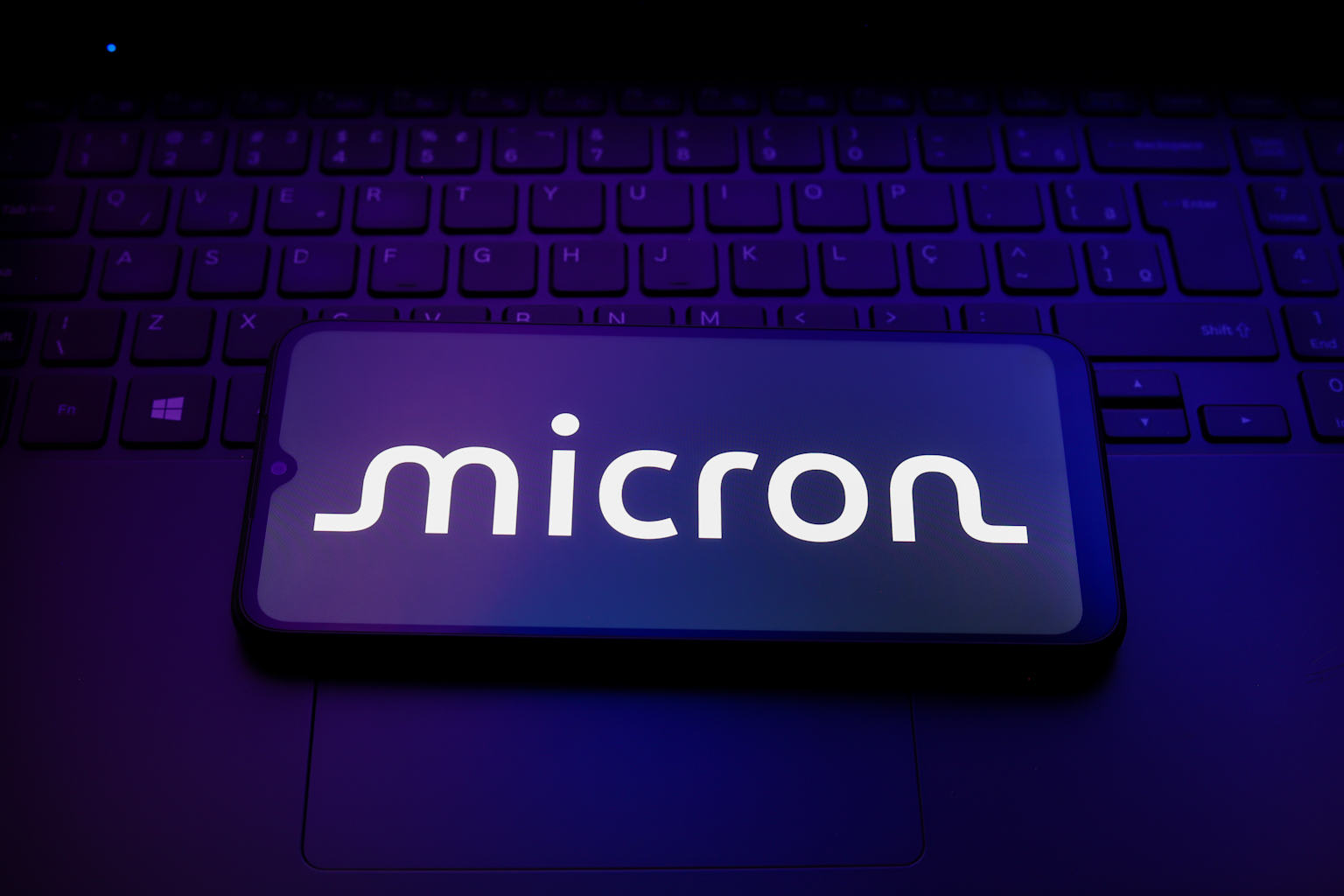- Environmental Review Opens Public Comment Period
- Economic Impact Promises Transformation
- Union Negotiations and Community Concerns
Micron Technology released its long-awaited environmental impact report today for a massive semiconductor plant planned in Clay, marking a critical milestone toward bringing nearly 50,000 jobs to Central New York while raising questions about the project's environmental footprint.
The hundreds-page document assesses how the chip manufacturer's $100 billion facility will affect air and water quality, wildlife, and local infrastructure at White Pine Commerce Park. The public now has 45 days to submit comments before a final environmental review, which requires approval in an October vote for Micron to break ground in November.

The draft environmental impact statement was originally scheduled for early June but was delayed to ensure a complete assessment, according to CNY Central12. Dr. Rhea Jezer, chair of the Central New York Sierra Club, said the report represents a test of whether Micron has genuinely listened to community concerns2.
"We're not against Micron," Jezer told CNY Central. "We just want to make sure that they're good neighbors and that they're not going to pollute our air and our water or use it ineffectively"2.
Infrastructure work has already begun nearby, including construction of the White Pine Pump Station to expand sewer capacity1. Onondaga County is considering building a $500 million sewer treatment plant to accommodate Micron's demands3.
The project represents one of the largest private investments in New York history, with Micron committing up to $200 billion over two decades across multiple U.S. facilities12. The New York plant alone will create 9,000 direct jobs paying an average of more than $100,000 annually—double the current regional average—plus over 40,000 community positions3.
An economic impact study projects the facility will generate $16.7 billion in average yearly economic output and $9.6 billion in annual GDP growth4. State officials estimate incentives for Micron exceed $11 billion, including $5.5 billion in refundable tax credits and $4.9 billion in sales tax abatements5.
Construction will operate under a project labor agreement ensuring collectively bargained wages for builders, but negotiations remain stalled for permanent facility jobs1. Carl Kennebrew, president of IUE-CWA, accused Micron of "dragging its feet" on commitments to unionized positions despite receiving over $10 billion in public funding1.
The company has committed to using 100 percent renewable energy and building to LEED Gold standards under New York's Green CHIPS program23. A $500 million community investment fund will support workforce development, seeded by $100 million from the state and at least $250 million from Micron2.



